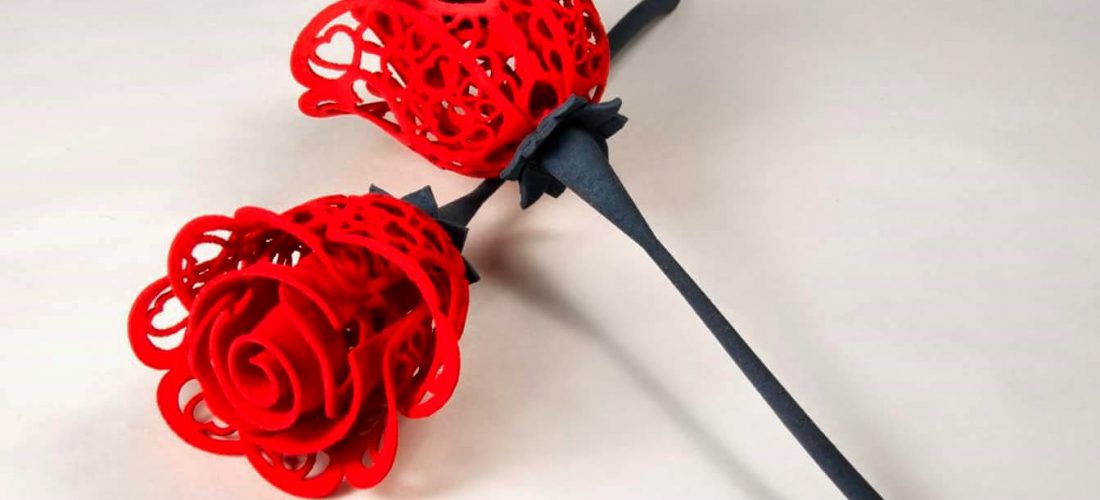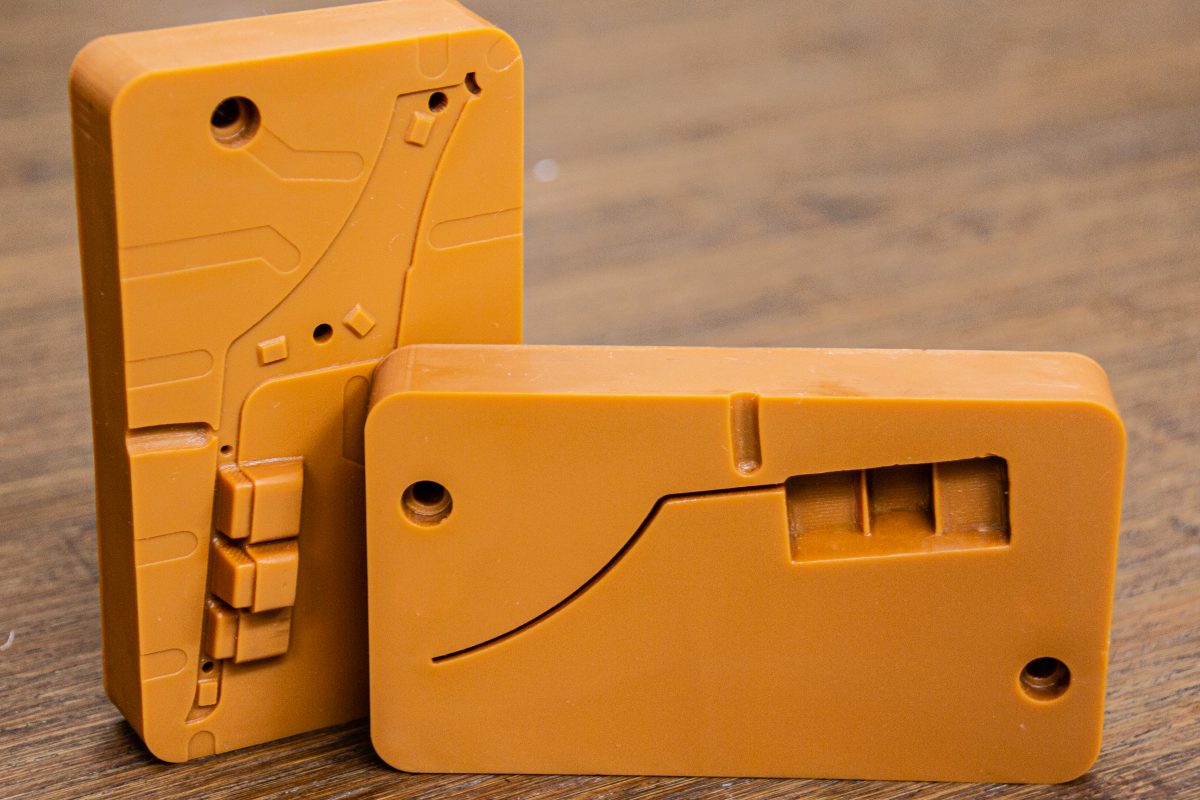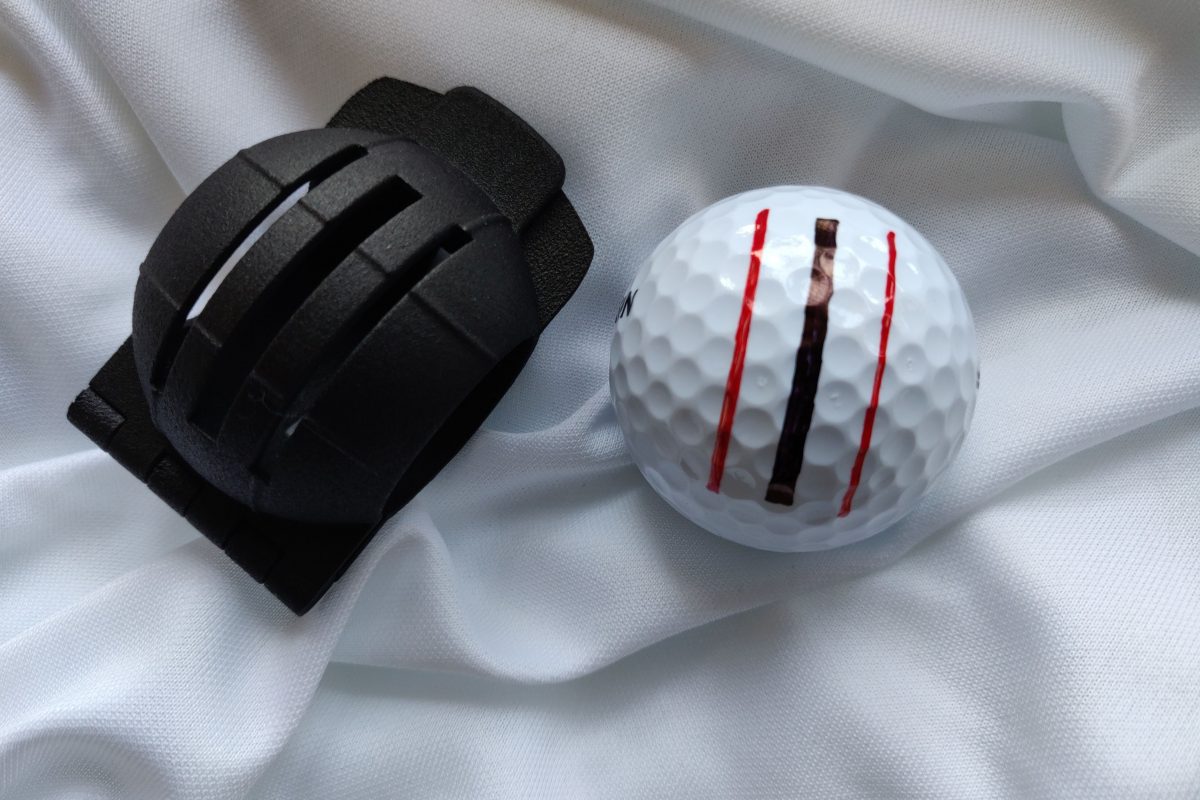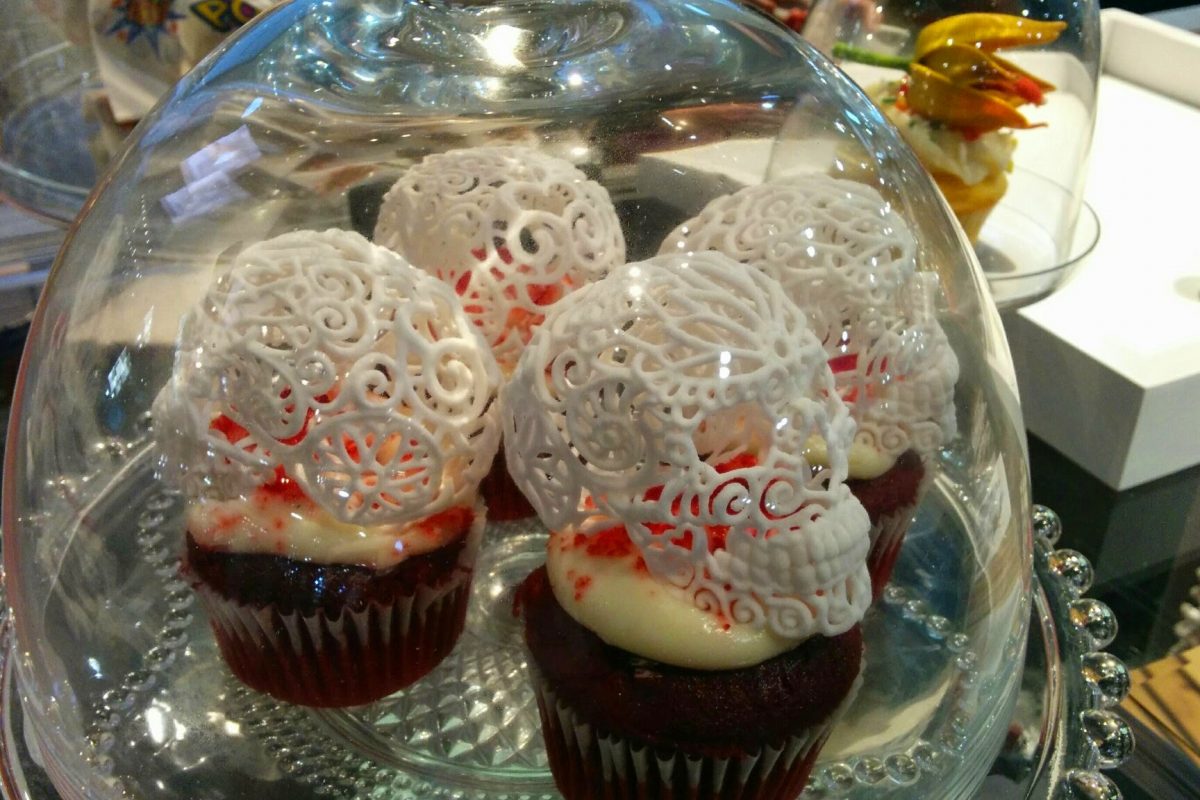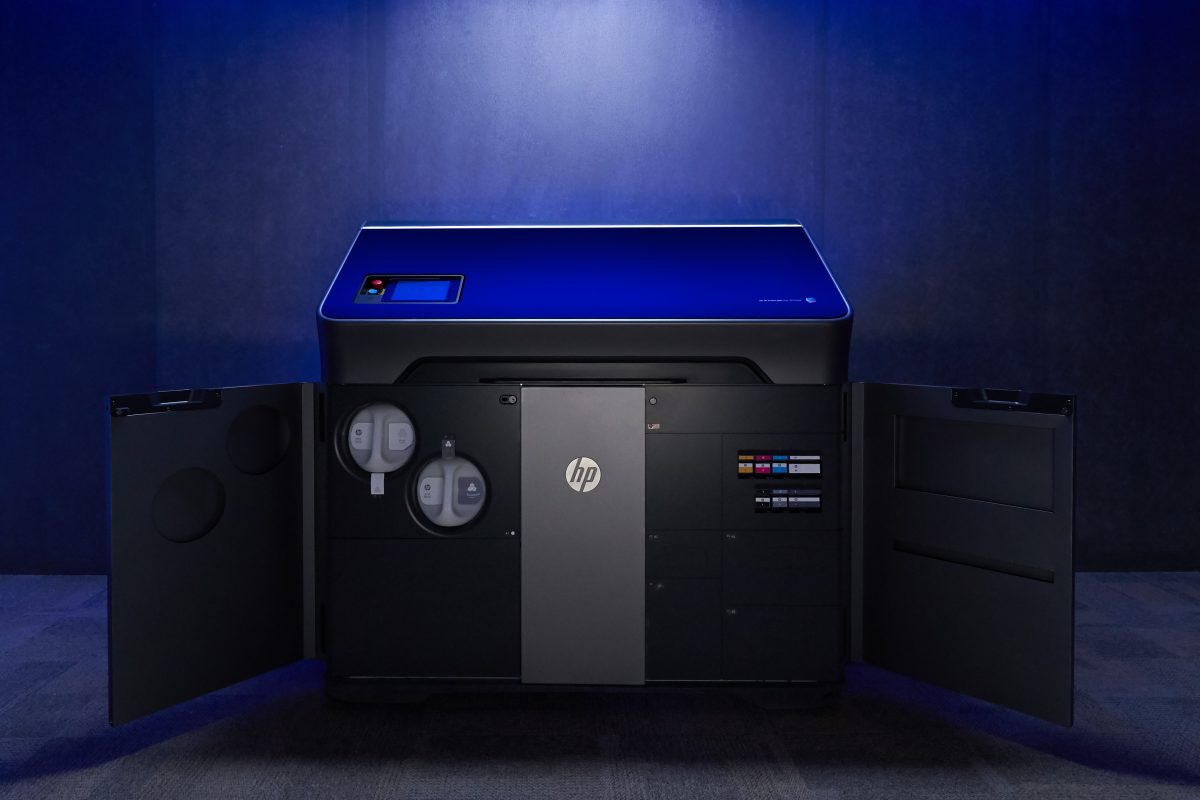3D printing could be a huge opportunity for sellers of art and collectibles.
By now, we’ve all seen 3D printed reproductions of fine artworks. Museums are hiring companies to 3D scan their works and print duplicate versions. This allows them to show a piece of work without exposing it to sunlight, air, people’s grubby paws, and all the other stuff that’s bad for precious art. Or, they’re forgeries… depending on your perspective.
It also creates opportunities to print and sell replicas. Again, whether this is right or wrong is a matter of perspective. What would the artist have thought?
According to Wikipedia, the term “Giclée is a neologism coined in 1991 by printmaker Jack Duganne for fine art digital prints made on inkjet printers.” In case you didn’t know (I didn’t), a neologism is a newly created term that’s gaining acceptance, but hasn’t yet reached mainstream use.
So, here’s what happened. As digital, large-format inkjet printers started coming on the scene in the early 90’s, artists soon realized that they could either design their work digitally, or scan their analog work and sell limited edition prints. They could even print them on different stocks, including poster paper and canvas. As a result, Giclée prints became an early killer application for digital printing.
Could the Same Thing Happen with 3D Printing?
Consider our 3D printed Everlasting Rose. It was envisioned as art and created digitally by our in-house designer, Matt Grote. His goal was to marry the rose with hearts in an interesting and visually striking way. Even the included notecard describes the rose as a piece of art.
Other 3D printed designs have been sold as artwork. But, have any of them been sold at retail? Were any of them professionally packaged and did any of them include a UPC code? Both are necessary to selling a consumer product in-store and our 3D printed roses could be considered collectible for that reason alone.
As artists continue to explore 3D printing, we think they’ll find tremendous opportunity in being able to sell limited editions of their works, just like 2D artists have with digital printing.
One of the big changes though, is that today’s artist has better access to consumers. The 3D printed Everlasting Rose for example, is available at Walmart.
The Value for Retailers is Clear
The formula of a unique product, created by a talented individual, made available in limited quantities is a recipe for success. Throw in the ability to sell the product selectively, in-store and you check all the boxes.
As Consumers, We’re Wired to Seek Differentiation
We want what others don’t have. With 3D printing, production quantities can be limited, and if demand is greater than supply, those products could appreciate in value – defining collectibility.



